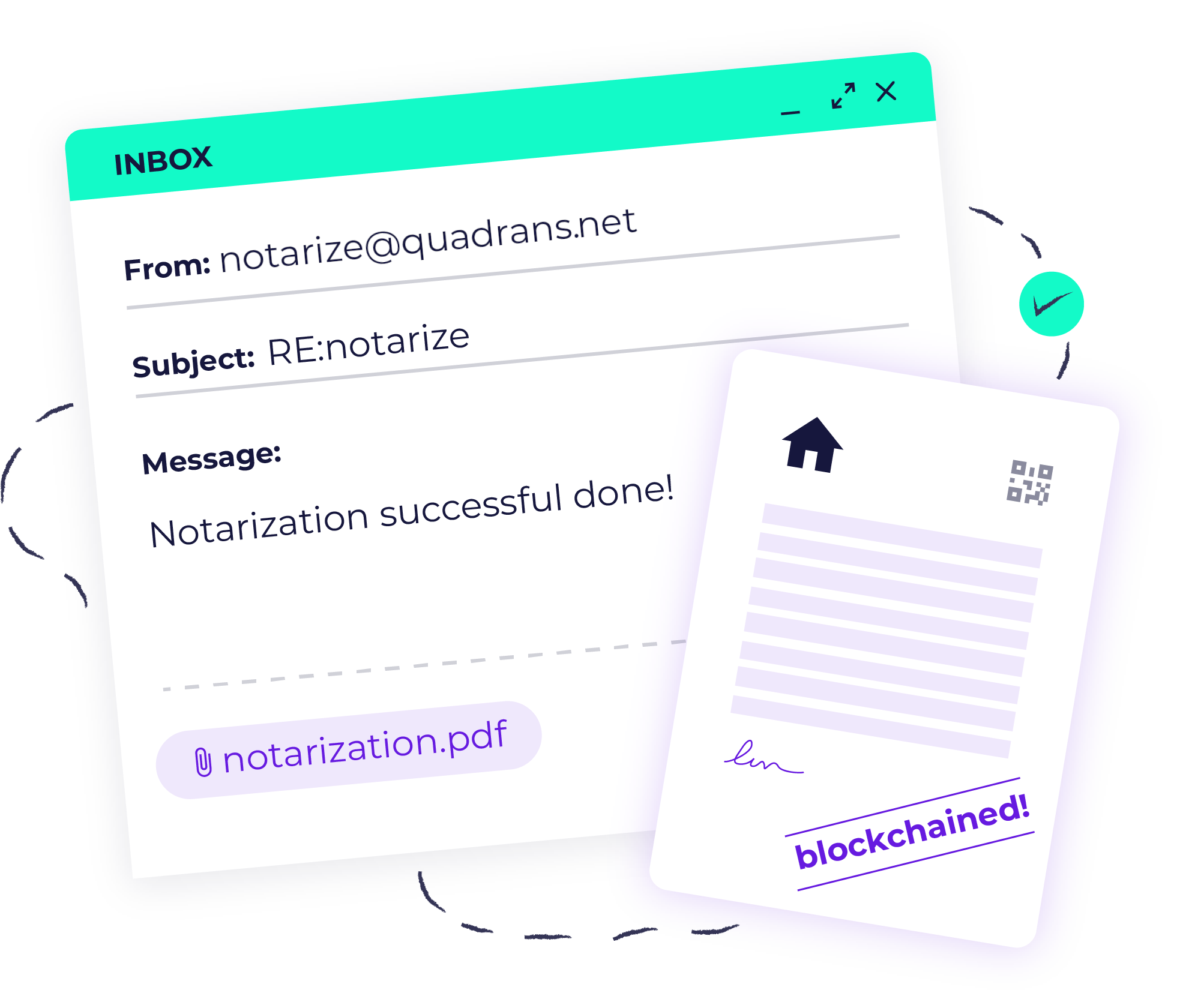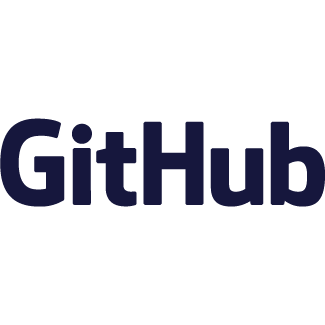Notarisation
Free notarisation
Quadrans Foundation provides a free notarisation tool. This can timestamp a document, prove its integrity and ownership of the document at the time the timestamp occurred.
Subscribe to our tool for free, then follow simple steps outlined in the how-to. Please make sure you read and fully understand the FAQ and the disclaimer of this tool.
The service provided by Quadrans Foundation issues unique digital timestamping of documents upon request from users.
Any legal repercussion varies according to the legislation of the Country in which this tool is used.
Unless recognised by the statutory law of the Country in which this tool is used and a clear reference to the legislation is made, the service provided by Quadrans Foundation does not override the legal authority of a government official or a qualified person who is legally appointed to provide services recognised by the State.





